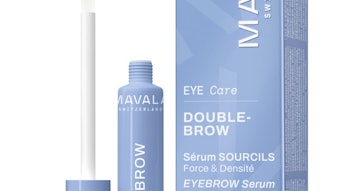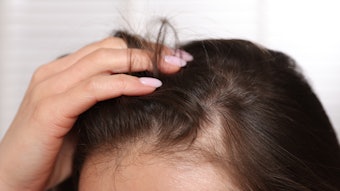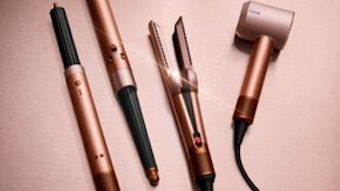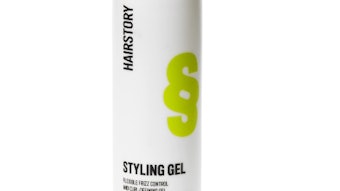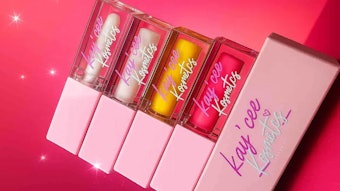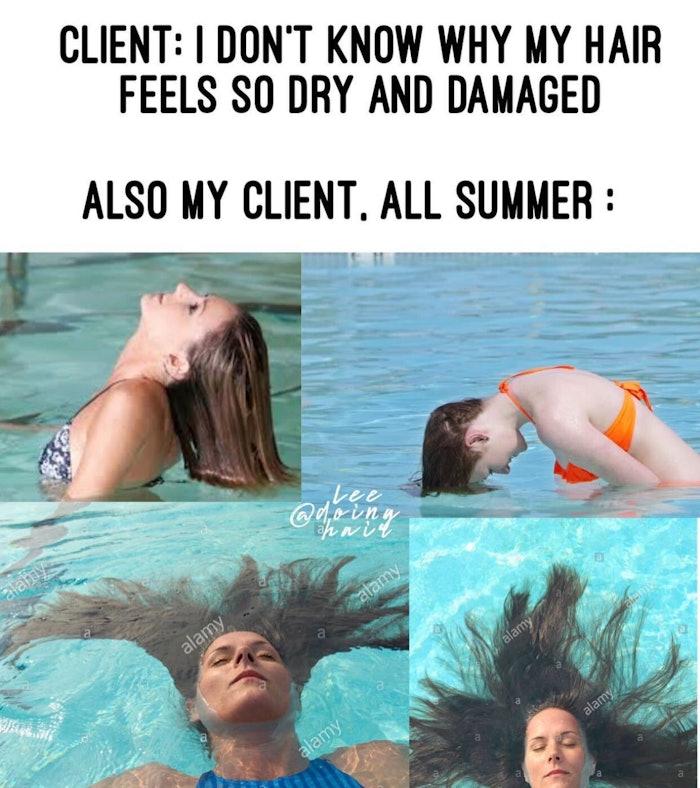
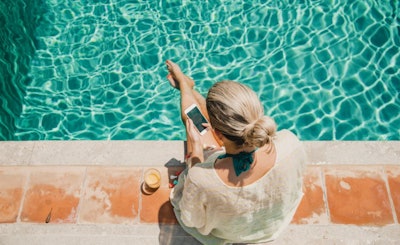
The problem doesn’t stop there: “Chlorine is also highly reactive, so if you go swimming and then get your highlights done, but you don’t clean out the chlorine first, this can cause severe damage to your hair when it reacts with lightener—or any color really,” says Mirza Batanovic (@mirza_batanovic), Eufora US style director. However, if your client takes some preemptive steps, she can lessen the aftermath of chlorine and copper. “Hair takes in water fast, so if you suggest that your client wet her hair before entering the pool, her strands will absorb less of the chlorine-filled water,” reasons Smalley. Go a step further by adding a leave-in conditioner prior to taking a dip. “Allow hair to soak up the conditioner rather than the chlorine,” says Paul Mitchell artistic director Heather Ka’anoi (@h_kaanoi), adding that clients should always rinse their hair as soon as they finish swimming to remove conditioner and any lingering chlorine.
RELATED: Protect Hair Against Summer Sun Damage
If hair has already turned green, there are two schools of thought: Grab a chelating shampoo that will clear away any harsh minerals from hair, or skip the shampoo altogether and rebalance hair with an antioxidant product that stops oxidization while removing surface minerals. If your client chooses a chelating shampoo, Batanovic recommends washing with it once a week as well as after direct exposure to chlorine. “It’s especially important to use after swimming, as thermal tools can have a negative effect if used on hair that is over-chlorinated from exposure,” he warns.
PRODUCTS TO TRY
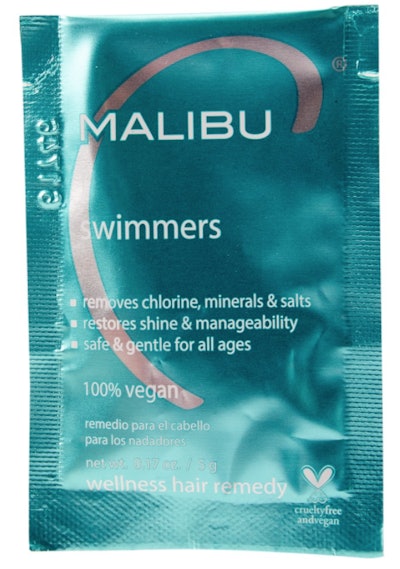
Antioxidant vitamin C halts oxidation on hair while the 100-percent vegan formula removes and prevents harsh surface elements like saltwater, copper and chlorine from doing further damage.

Absorbing both chlorine and heavy metals like copper without opening the hair cuticle, this anionic cleanser also nourishes frazzled strands while protecting against free radical damage.

Use as a leave-in protector pre-swim or mix it with conditioner to boost moisture while reducing oxidative color damage.





